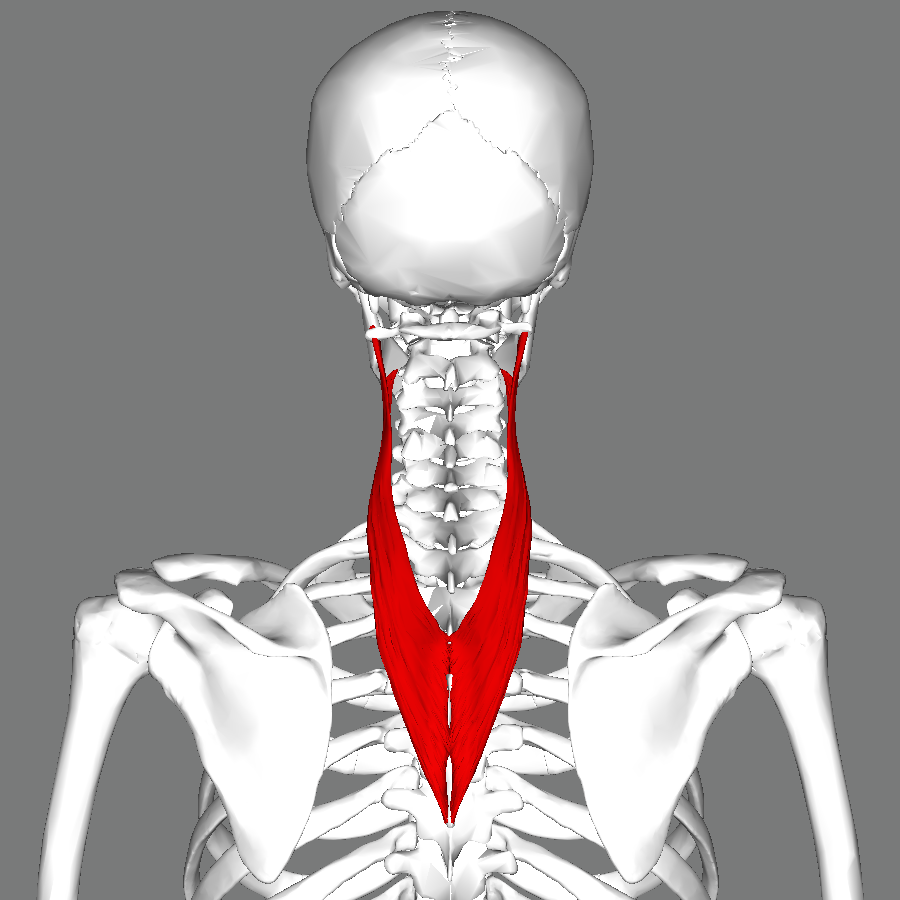Zeolite and diatomaceous earth are two natural minerals that have various applications in different industries. Although they might appear similar at first glance, there are distinct differences between zeolite and diatomaceous earth in terms of their composition, properties, and uses. In this article, we will explore these dissimilarities and shed light on the unique characteristics of each mineral.
Table of Contents
- Introduction
- Composition and Formation
- Physical Properties
- Industrial Applications
- Health and Safety Considerations
- Conclusion
- FAQs
1. Introduction
Before delving into the disparities between zeolite and diatomaceous earth, let’s provide a brief overview of these minerals. Zeolite is a mineral composed of aluminum, silicon, and oxygen, known for its porous structure and ion exchange properties. On the other hand, diatomaceous earth is a fossilized deposit primarily made up of the remains of diatoms, single-celled organisms found in water bodies.
2. Composition and Formation
Zeolite and diatomaceous earth differ in their composition and formation processes. Zeolite consists of crystalline aluminosilicates, which are formed over thousands of years through the reaction of volcanic ash and alkaline groundwater. This reaction leads to the creation of intricate structures with small channels and pores. On the contrary, the diatomaceous earth is made up of fossilized diatoms, which are the skeletal remains of algae. These microscopic organisms accumulate over time in aquatic environments and undergo fossilization.
3. Physical Properties
When it comes to physical properties, zeolite and diatomaceous earth showcase unique characteristics. Zeolite is known for its high porosity, allowing it to have a large surface area and excellent adsorption capabilities. Its intricate structure provides channels that enable the selective absorption of molecules based on size, shape, or charge. Diatomaceous earth, on the other hand, possesses a porous and abrasive nature due to the presence of diatom skeletons. This property makes diatomaceous earth useful for filtration purposes.
4. Industrial Applications
Both zeolite and diatomaceous earth find extensive use in various industries, albeit in different ways. Zeolite’s ion-exchange properties make it valuable in applications such as water softening, laundry detergents, and catalysts in chemical processes. It can effectively remove metal ions from water and act as a natural catalyst, reducing the reliance on harmful acids. Diatomaceous earth, on the other hand, is widely utilized as an insecticide, particularly in agriculture and pest control. Its abrasive nature helps to damage the exoskeleton of insects, leading to dehydration and ultimately their demise. Diatomaceous earth is also utilized in filtration systems, where it efficiently removes impurities and particulate matter from liquids.
5. Health and Safety Considerations
It’s crucial to consider health and safety aspects when dealing with zeolite and diatomaceous earth. Inhalation of fine particles from both minerals can pose risks to human health. Therefore, proper precautions should be taken to minimize exposure, such as wearing appropriate respiratory protection when handling these substances. It’s worth noting that there are different types of diatomaceous earth, and the freshwater-derived variation is considered “food grade” by the U.S. Department of Agriculture, indicating its safety for specific applications.
6. Conclusion
In conclusion, zeolite and diatomaceous earth are distinct minerals with unique properties and applications. Zeolite is a mineral with ion-exchange capabilities, widely used in water treatment, detergents, and catalysis. Diatomaceous earth, on the other hand, is a fossilized deposit primarily utilized as an insecticide and filtration medium. Both minerals offer valuable contributions to various industries and require careful handling to ensure the safety of workers and users.
7. FAQs
Q1: Can zeolite and diatomaceous earth be used interchangeably?
A1: No, zeolite and diatomaceous earth have different properties and functions, making them suitable for specific applications. It’s important to choose the appropriate mineral based on the desired outcome.
Q2: Is diatomaceous earth safe for human consumption?
A2: Food-grade diatomaceous earth, derived from freshwater sources, is considered safe for specific applications. However, it is always advisable to follow recommended usage guidelines and consult relevant authorities.
Q3: What are some additional applications of zeolite?
A3: Apart from its applications in water treatment and detergents, zeolite is also used in gas separation, nuclear waste remediation, and odor control, among other industrial processes.
Q4: Can zeolite and diatomaceous earth be used together in certain applications?
A4: Yes, in some instances, zeolite and diatomaceous earth can complement each other’s properties. Their combined use may enhance the effectiveness of filtration systems or other applications where their specific attributes are advantageous.
Q5: Are there any environmental concerns associated with zeolite and diatomaceous earth mining?
A5: Mining operations should be conducted responsibly to mitigate any potential environmental impacts. Companies involved in zeolite and diatomaceous earth extraction should adhere to relevant regulations and best practices to minimize their ecological footprint.
In conclusion, zeolite and diatomaceous earth are two unique minerals with different characteristics and applications. Understanding their distinctions is essential for choosing the appropriate mineral for specific needs. Whether it’s the ion-exchange capabilities of zeolite or the insecticidal and filtration properties of diatomaceous earth, these minerals offer valuable contributions to various industries and environmental solutions.
Top 10 Different Types of Zeolite and Diatomaceous Earth Products
| Product Listing | Product Name | Features | Pros | Cons |
|---|---|---|---|---|
| 1 | Zeolite Powder | Fine powder form, high-quality natural zeolite, easy to mix and consume. | Effective detoxification, supports immune system, improves digestion. | May have a slightly earthy taste. |
| 2 | Diatomaceous Earth Food Grade | Food-grade quality, finely ground, rich in silica and other minerals. | Natural pest control, supports healthy digestion, promotes hair, skin, and nail health. | Should be used with caution in high doses, may cause dryness if not properly hydrated. |
| 3 | Zeolite Clinoptilolite Capsules | Easy-to-swallow capsules, high-quality zeolite clinoptilolite. | Supports detoxification, boosts energy levels, improves mental clarity. | Some individuals may experience mild gastrointestinal discomfort initially. |
| 4 | Diatomaceous Earth Pest Control Powder | Fine powder, pet-safe formula, effective against crawling insects. | Non-toxic pest control, safe for indoor and outdoor use, long-lasting effectiveness. | Requires reapplication after rain or excessive moisture. |
| 5 | Zeolite Odor Eliminator Bags | Reusable bags, natural zeolite crystals, non-toxic and fragrance-free. | Eliminates odors without harsh chemicals, long-lasting freshness, versatile usage. | May require reactivation by exposure to sunlight periodically. |
| 6 | Diatomaceous Earth Pool Grade | High-quality pool-grade diatomaceous earth. | Effective pool filtration, removes impurities, promotes crystal-clear water. | Not suitable for consumption or use in gardens. |
| 7 | Zeolite Liquid Supplement | Liquid form for easy consumption, high-quality zeolite. | Supports detoxification, enhances nutrient absorption, boosts energy levels. | Some individuals may find the taste unappealing. |
| 8 | Diatomaceous Earth Pet Powder | Specifically formulated for pet use, safe and non-toxic. | Controls fleas and ticks, promotes healthy skin and coat. | Should be used according to the instructions to avoid inhalation. |
| 9 | Zeolite Skin Detox Soap | Natural zeolite soap, gentle on the skin. | Cleanses and detoxifies the skin, promotes a healthy complexion. | Some individuals may experience mild dryness with prolonged use. |
| 10 | Diatomaceous Earth Facial Mask | Face mask enriched with diatomaceous earth. | Cleanses pores, exfoliates dead skin cells, promotes a radiant complexion. | May not be suitable for sensitive skin types. |











